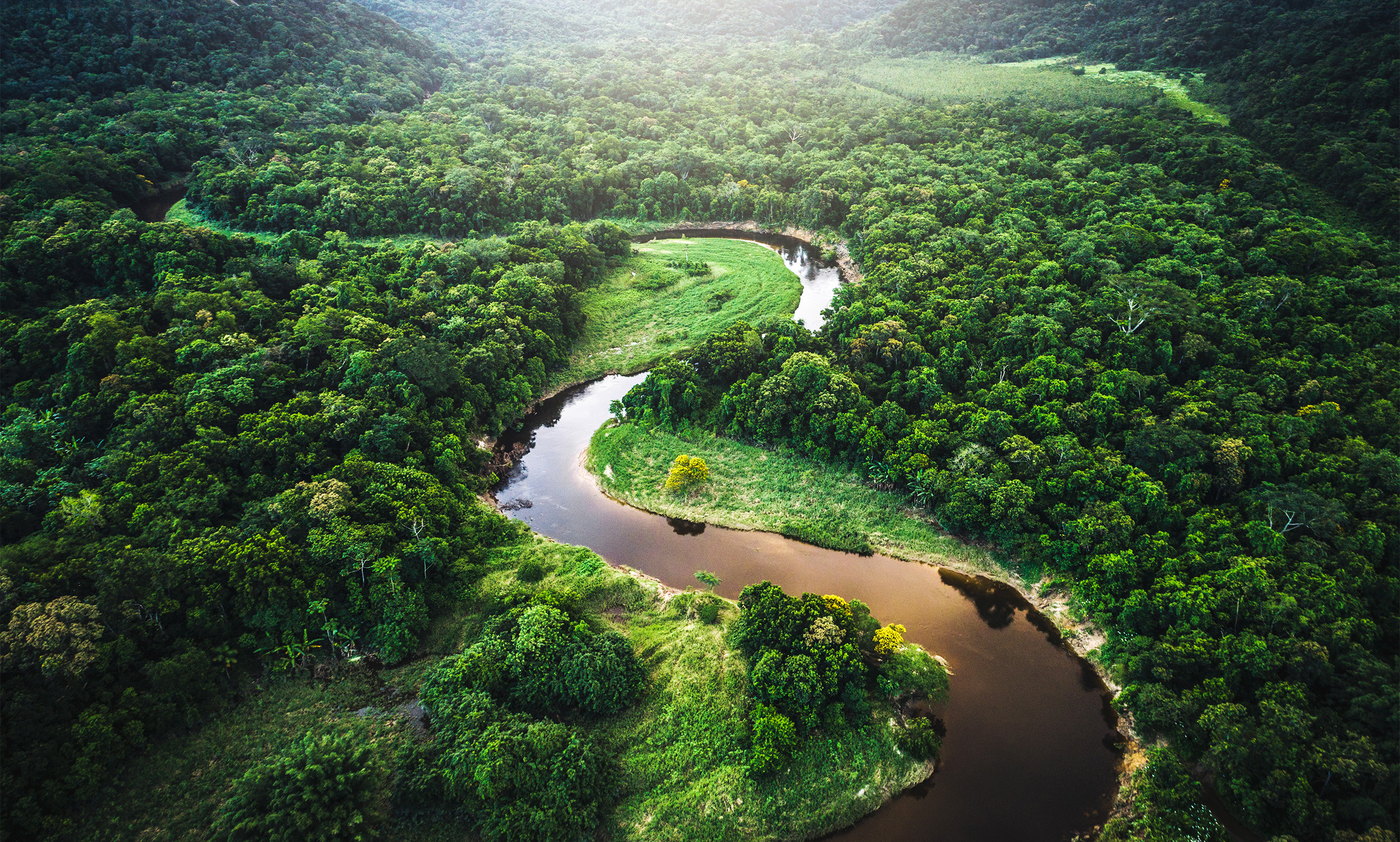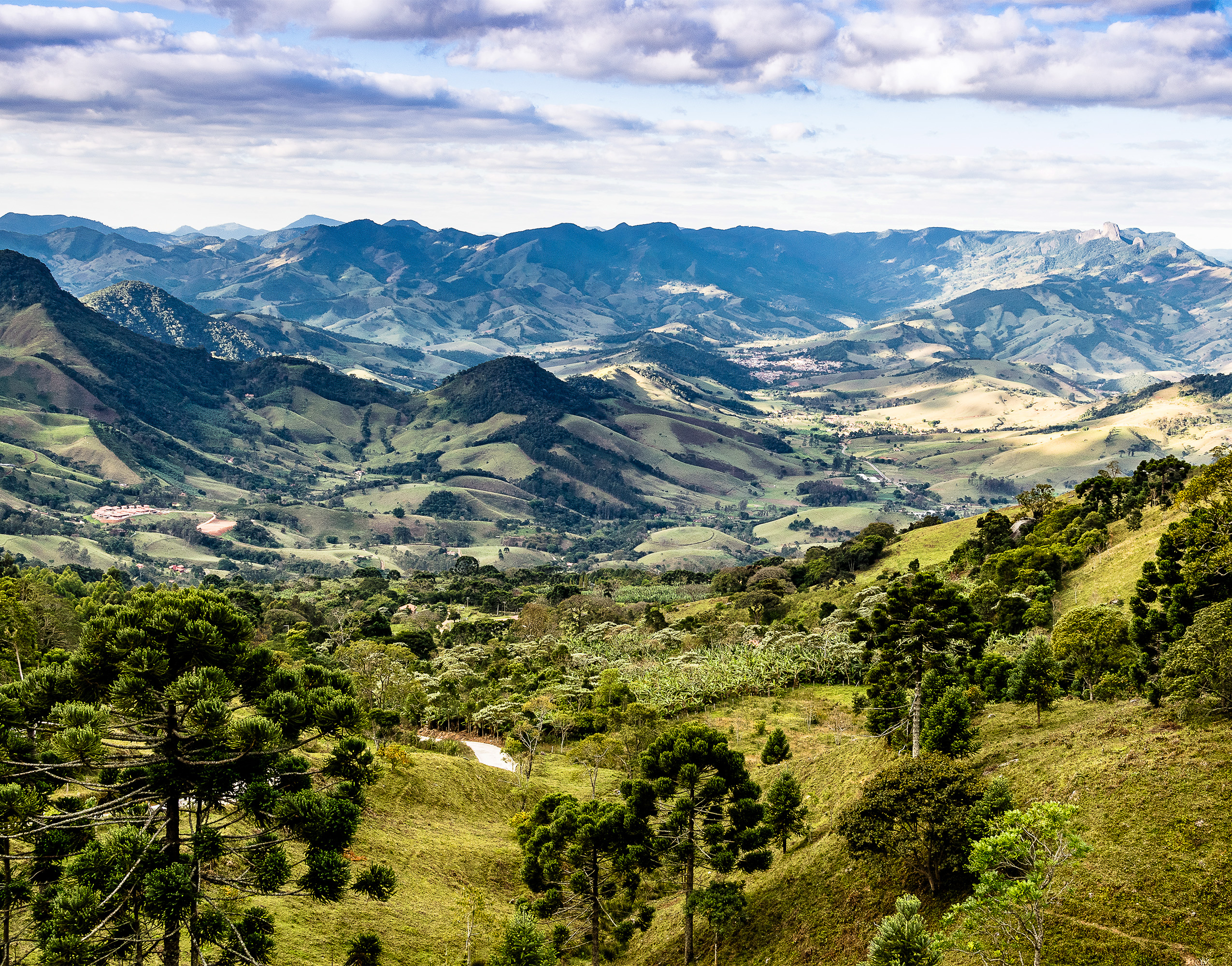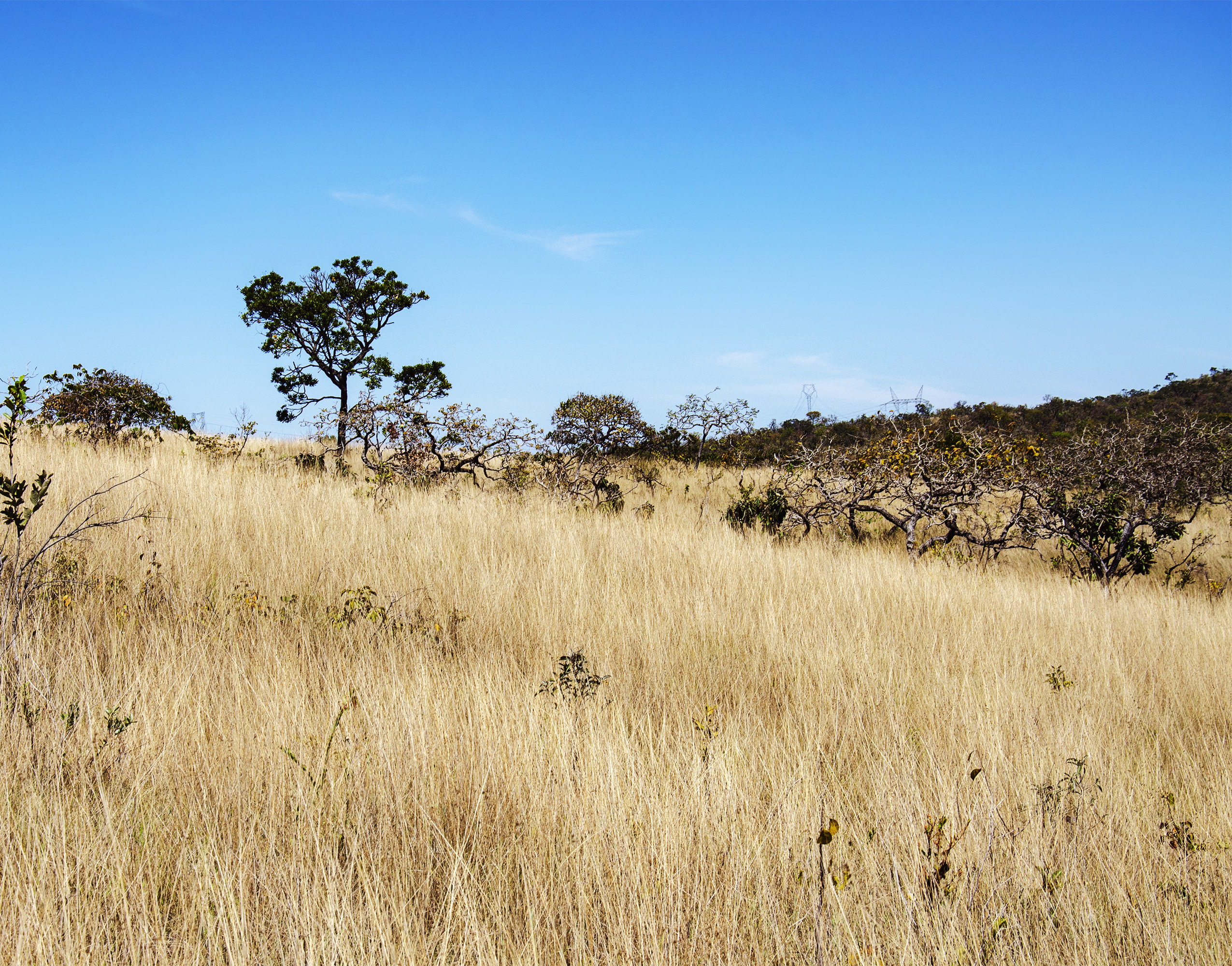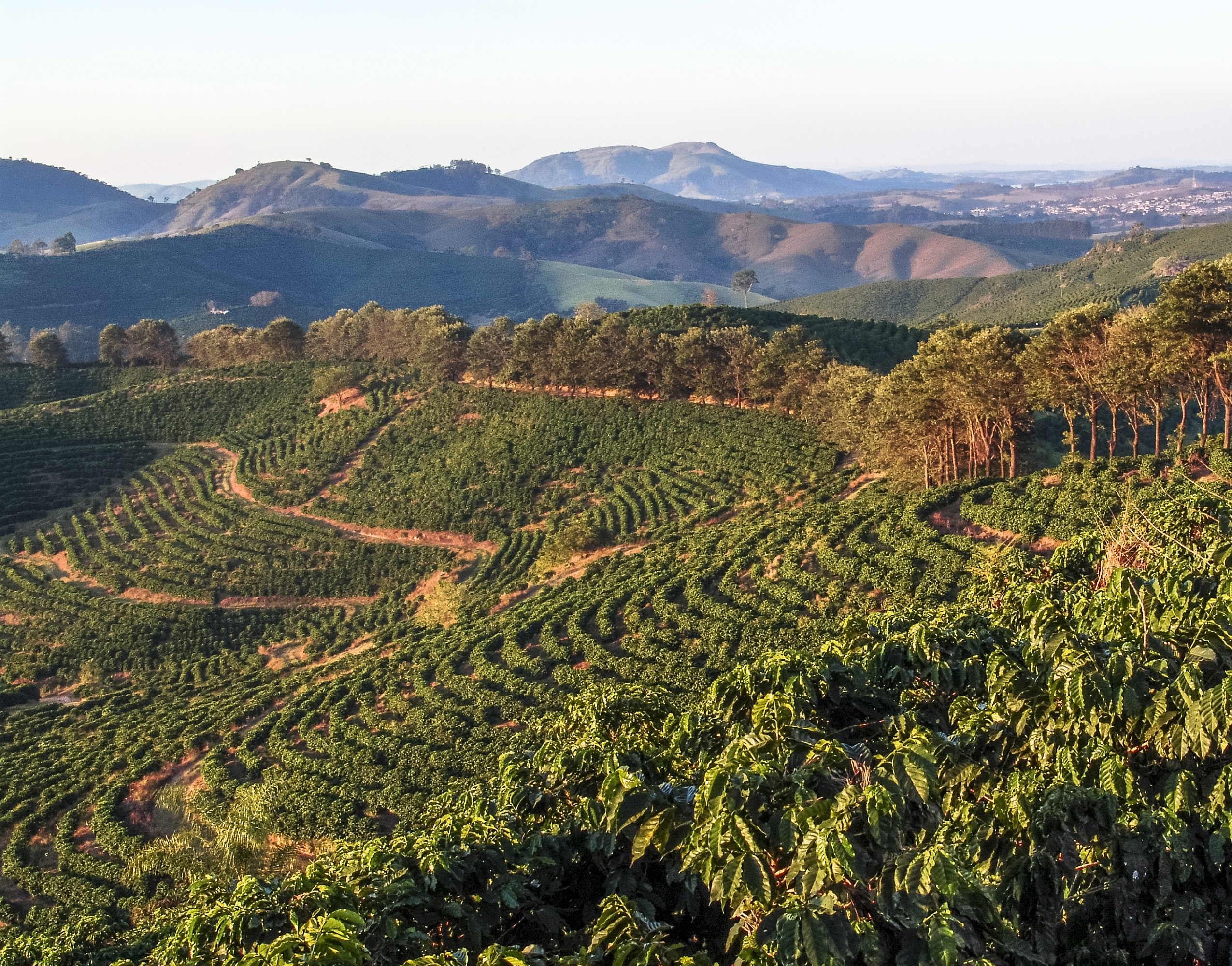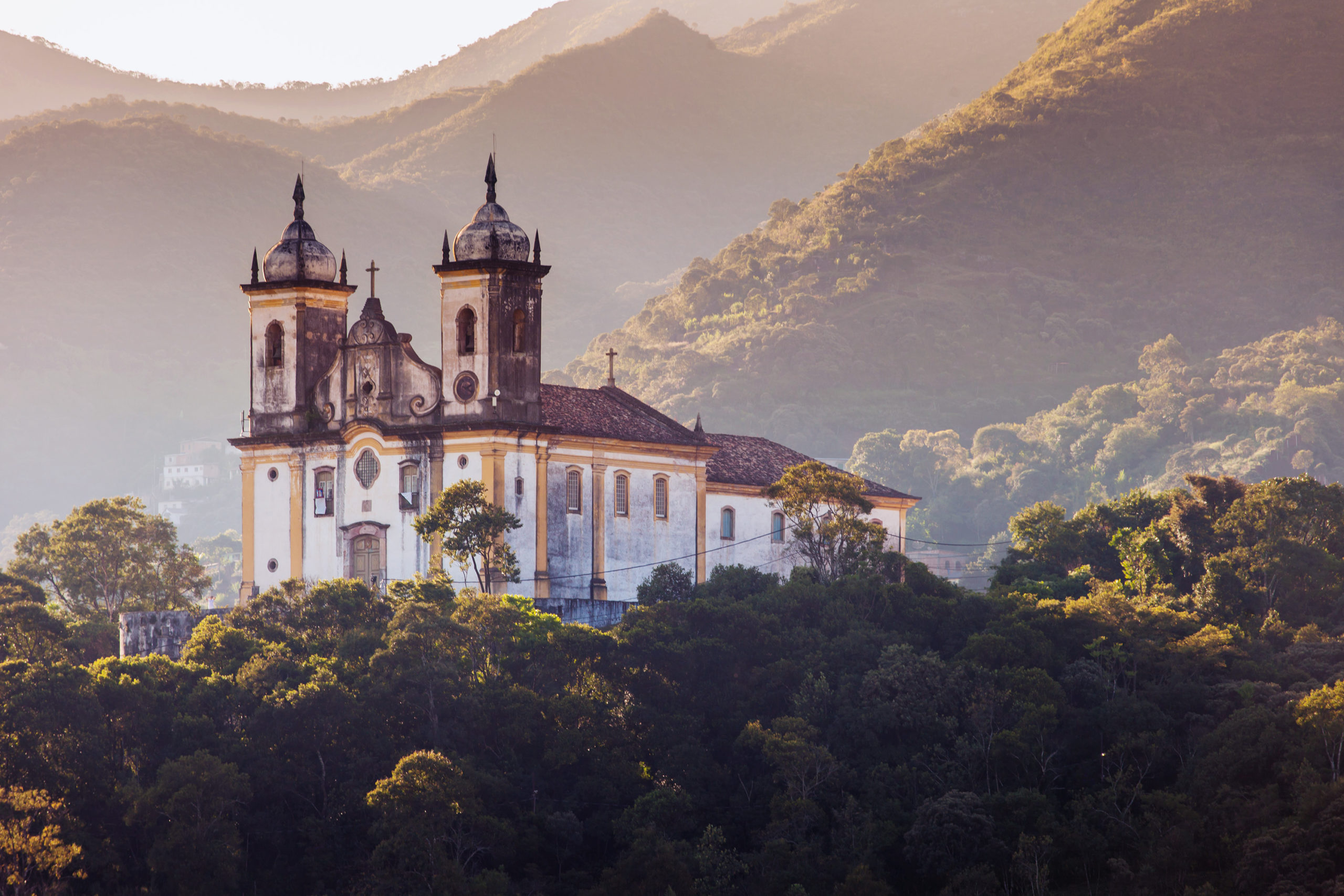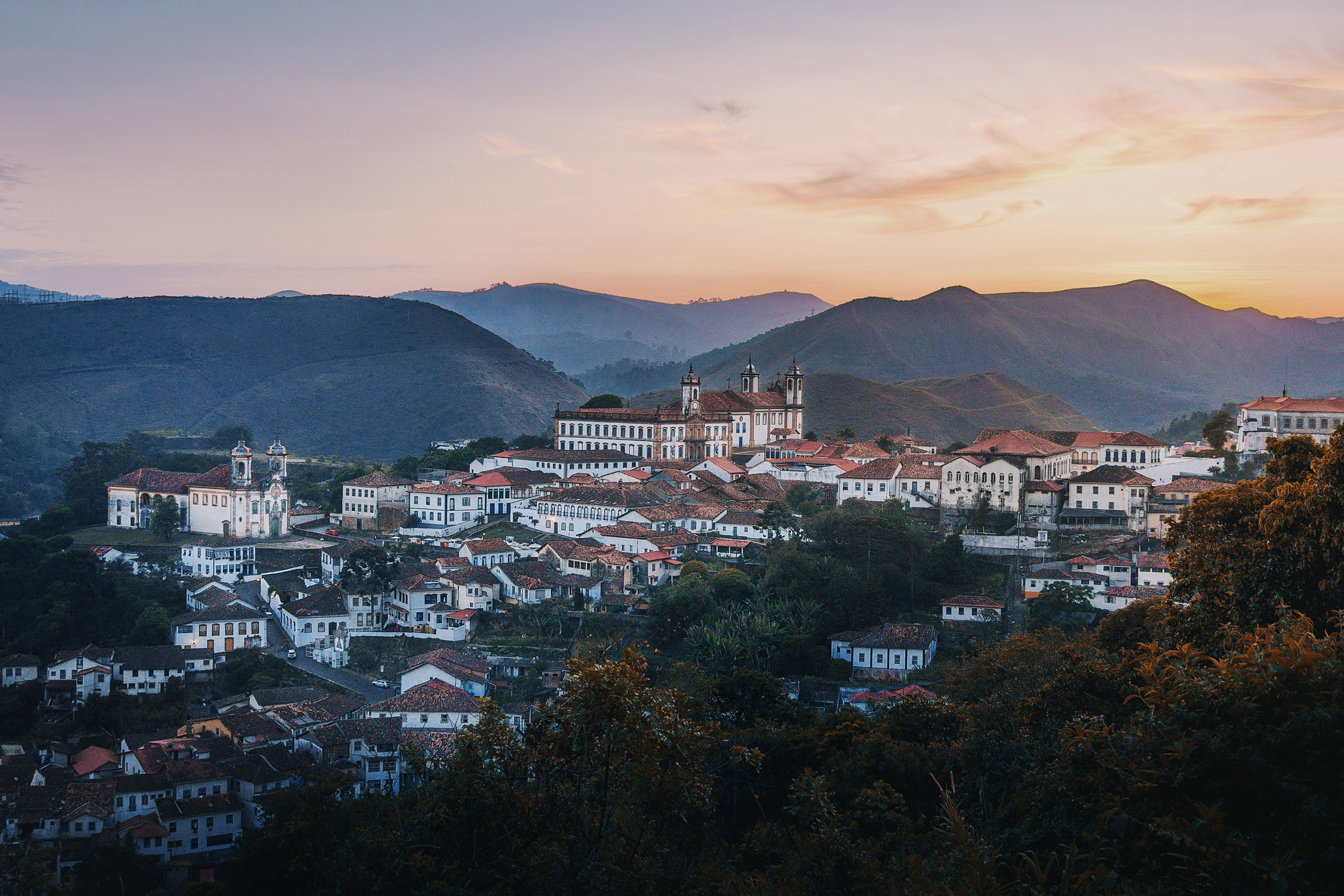Landscapes of Minas Gerais: (from top) the Atlantic rainforest, Serra da Mantiqueira, grasslands in the south of Minas Gerais and Coffee fields in Minas Gerais.
Of the thirteen states in Brazil that produce coffee, Minas Gerais is by the far the most important. In the 2020–2021 harvest, Minas Gerais produced 38.4 million bags (USDA 2021) — representing around 70% of Brazil’s arabica production, or nearly 40% of all arabica coffee produced that harvest year worldwide. The main varieties grown are Catuaí, Obatã, Icatu, Mundo Novo، و Rubi, and the state also produces some conilon and robusta, the two lineages of Coffea canephora grown in Brazil.
Minas Gerais is Brazil’s fourth largest state — approximately the size of France — and the second-largest by population. Thanks to its large size, the state encompasses diverse landscapes, including the famous cerrado, or savannah, in the west, the rocky mountains of the south, and the forested slopes in the eastern part of the state. The range of terroirs within the state, together with its generally rich soils and mild climate, mean that Minas Gerais can produce quality coffees with a great diversity of flavour.
Ouro Preto, the former capital of Minas Gerais.
Many of Minas Gerais’s towns and cities were established during the Brazilian Gold Rush in the late seventeenth century, as bandeirantes and settlers flooded into the state in search of gold and gems. Remnants of the sudden influx of wealth during this period remain in the wealth of richly decorated Baroque architecture in the region’s towns and cities, especially in the former capital of Ouro Preto.
The current capital Belo Horizonte, on the other hand, was a planned city,
